Sunlight is essential for the growth and blooming of flowers in your garden. Adequate sunlight not only promotes healthy growth but also enhances the vibrancy and beauty of your flowers. However, not all flower beds receive the same amount of sunlight due to various factors like surrounding trees, buildings, or garden structures. In this guide, we’ll explore how you can maximize sunlight for your flower beds to ensure your blooms thrive.
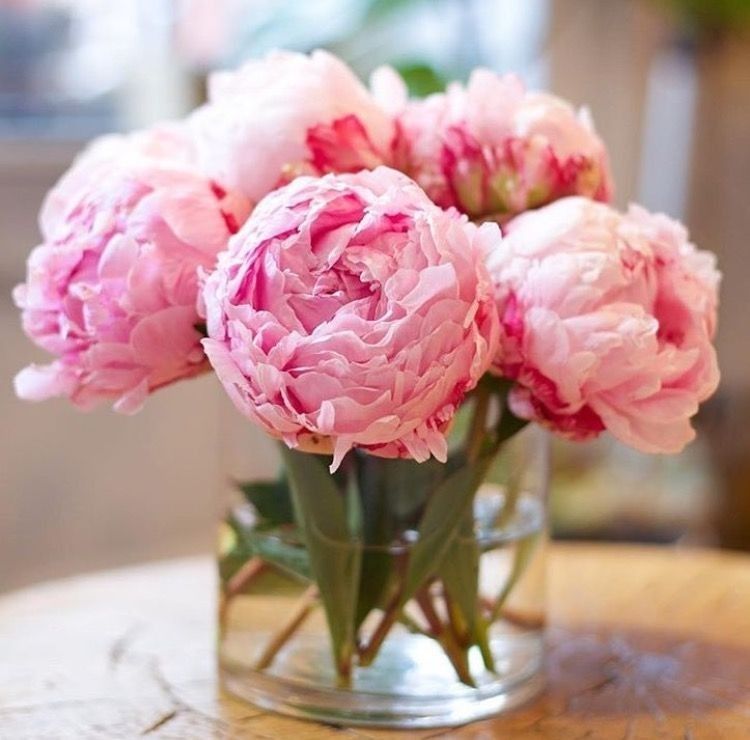
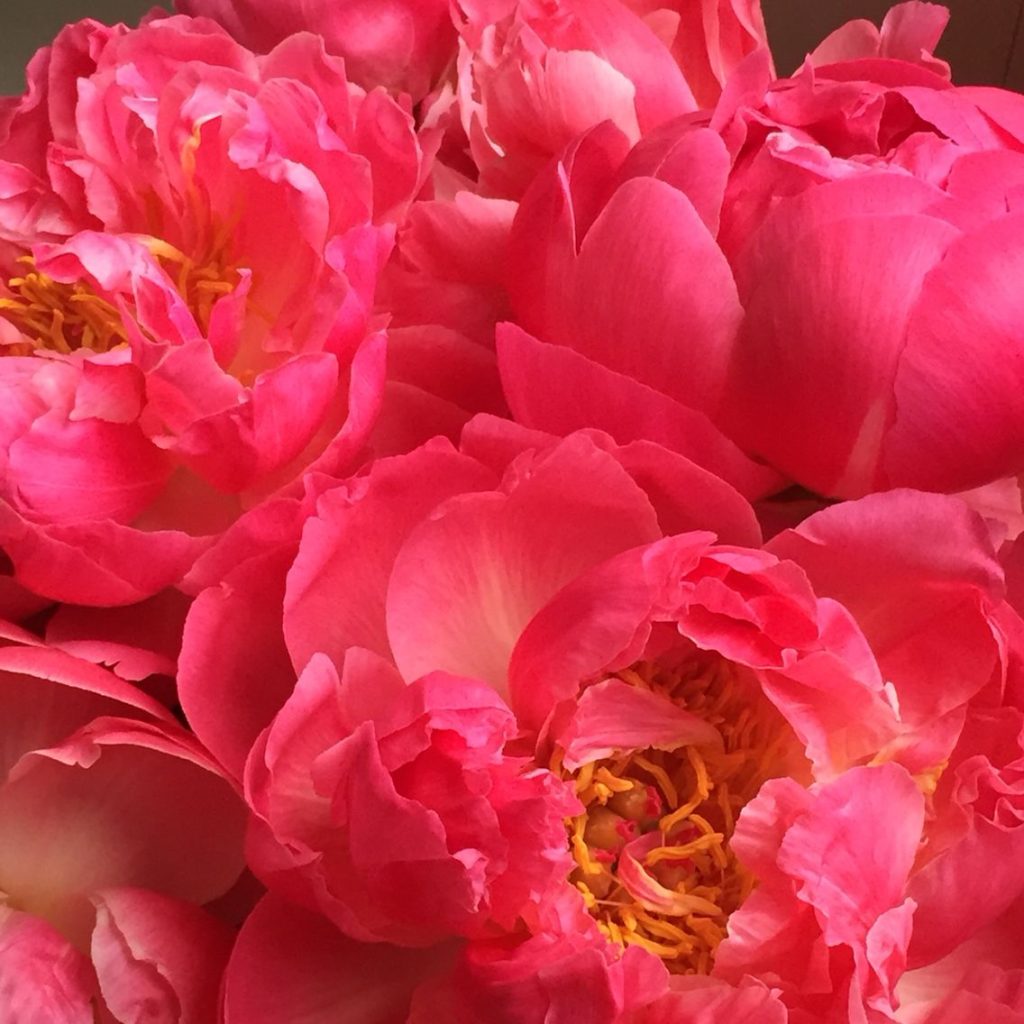
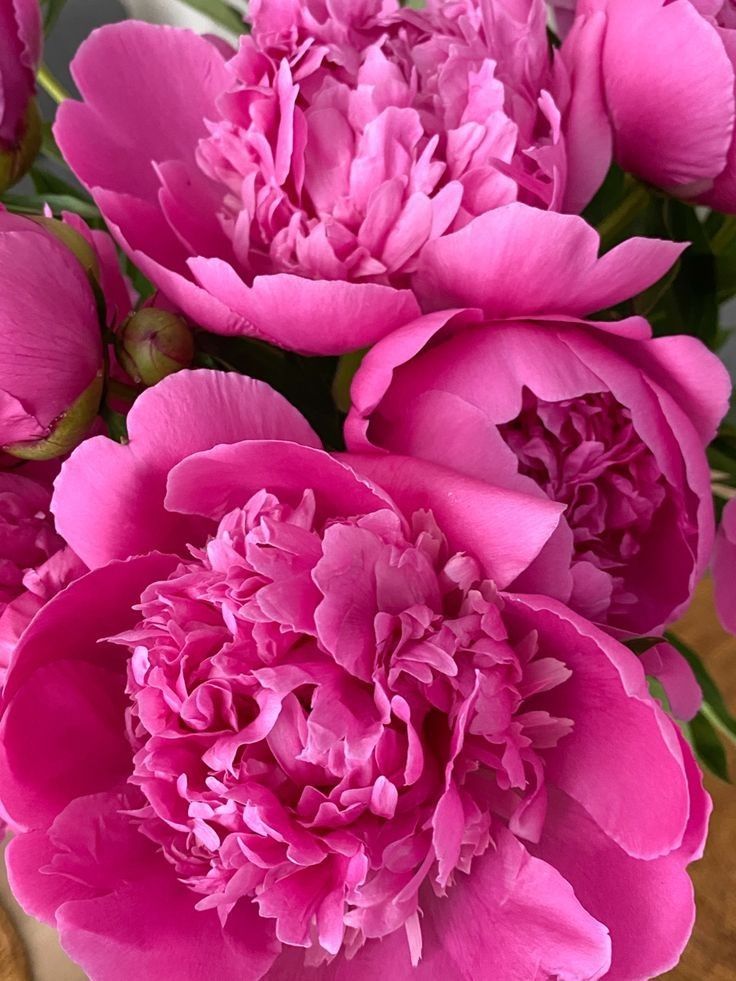
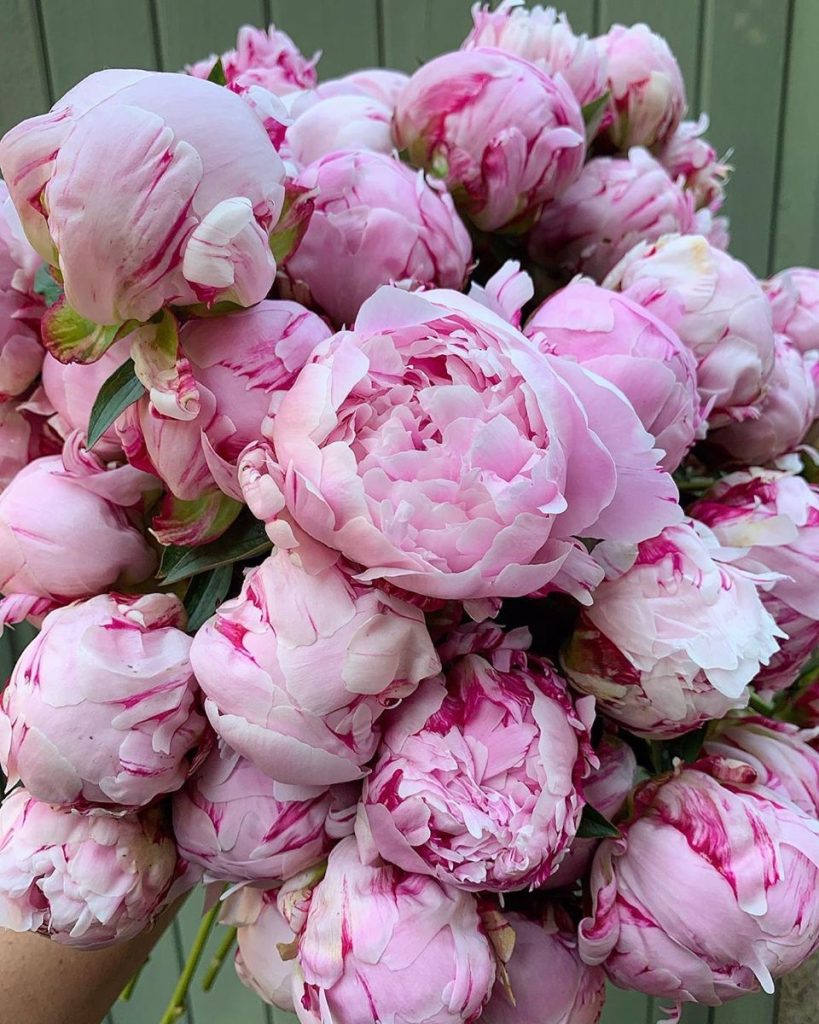
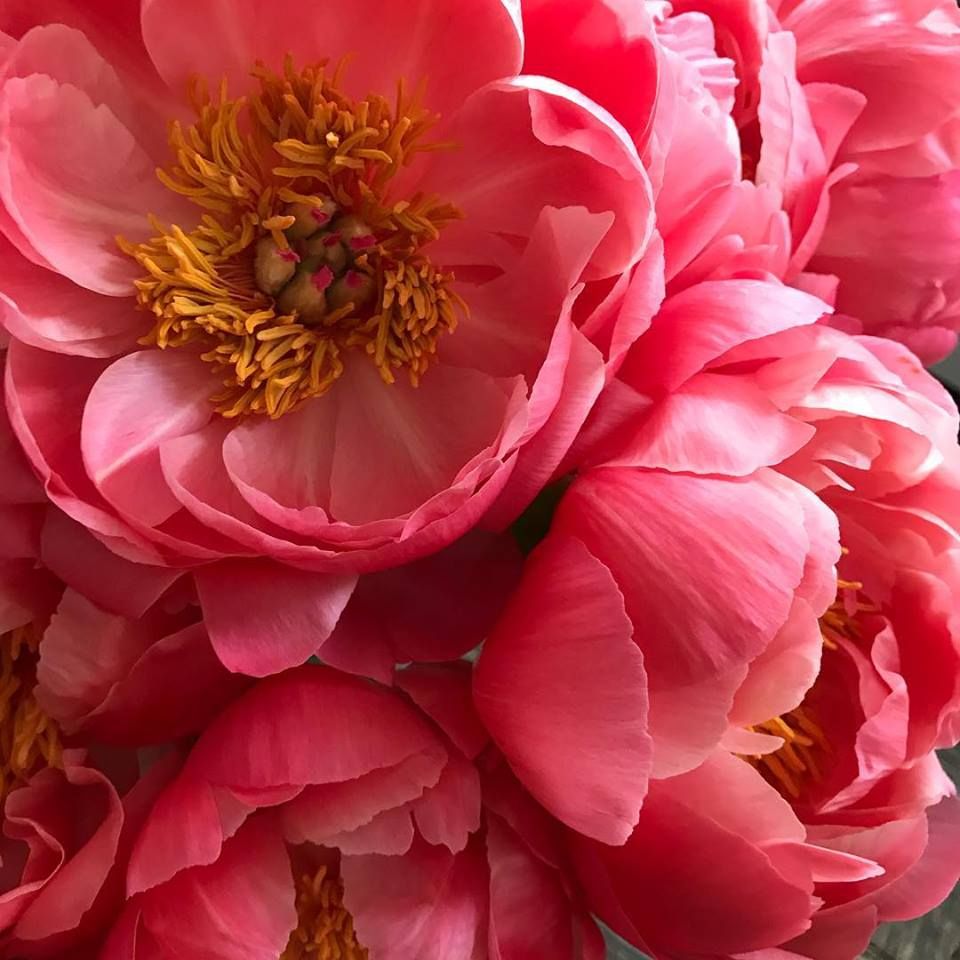

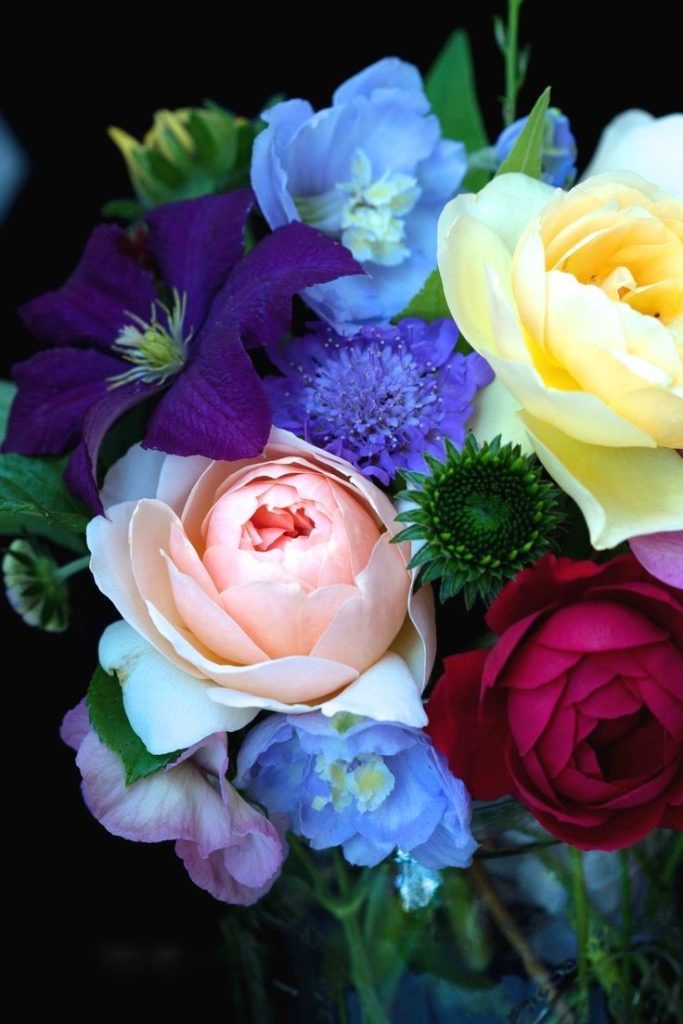
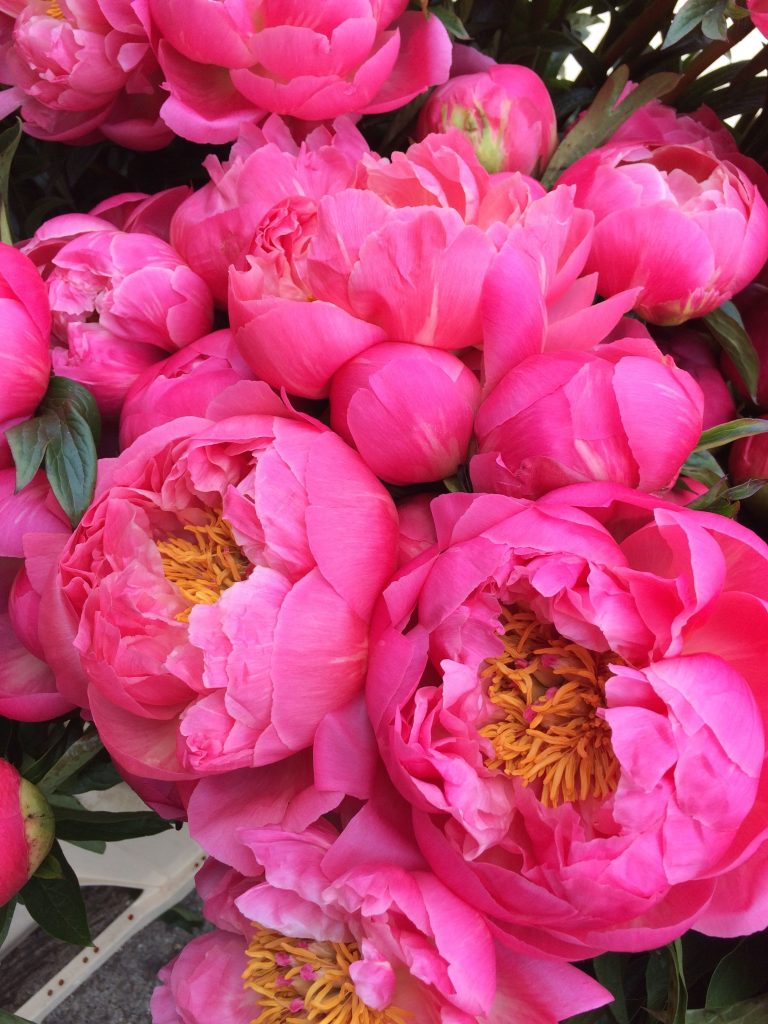
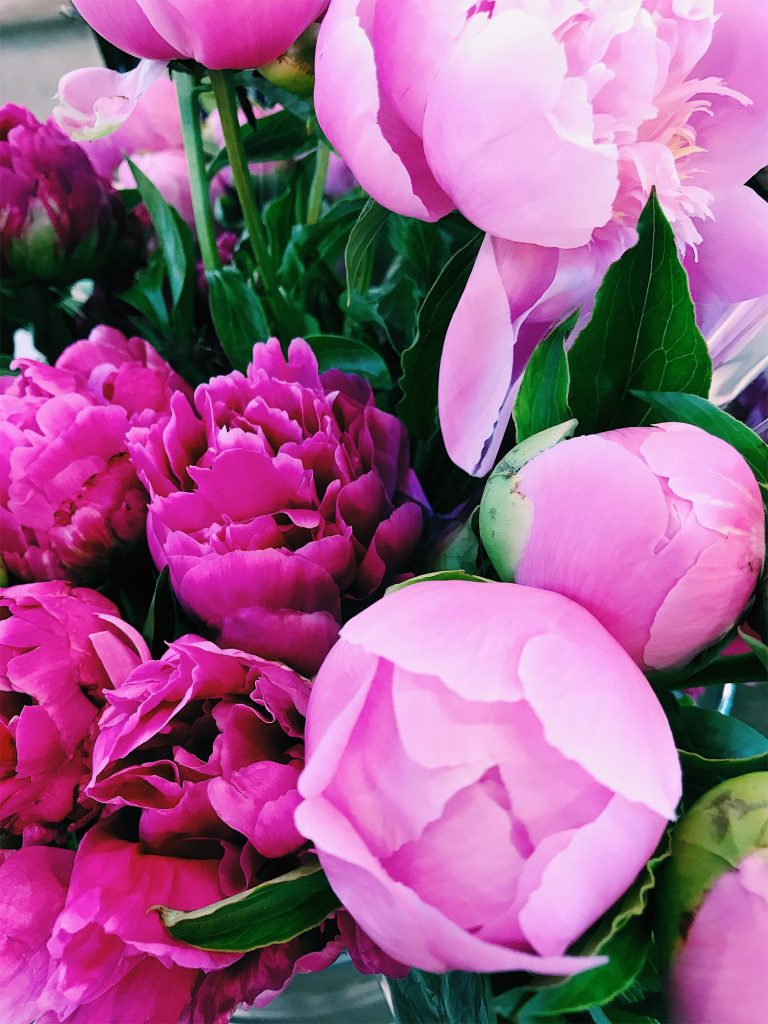
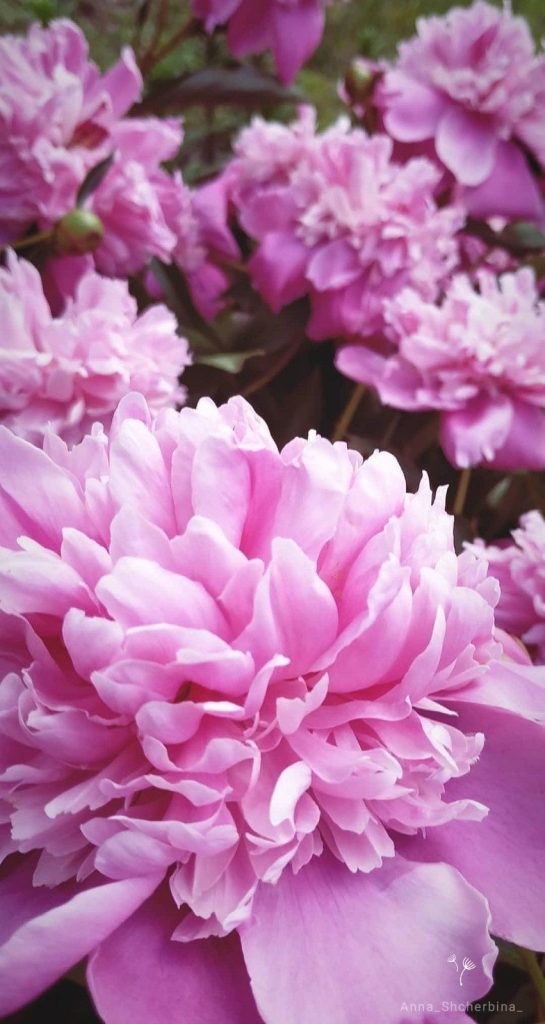
Importance of Sunlight for Flower Beds
Tip: Sunlight plays a crucial role in the photosynthesis process, which is essential for plant growth and blooming. Flowers that receive adequate sunlight tend to be healthier, produce more blooms, and display more vibrant colors. Therefore, optimizing sunlight for your flower beds is key to creating a beautiful and thriving garden.
Assessing Sunlight Levels
Tip: Before you start planting, it’s important to assess the sunlight levels in your garden to determine the best location for your flower beds. Spend a day observing the sunlight patterns in your garden, noting areas that receive full sun, partial sun, or shade throughout the day. This will help you identify the best spots for planting your flowers based on their sunlight requirements.
Choosing the Right Location
Full Sun Flower Beds
Tip: If you’re planning to grow flowers that require full sun, such as roses, sunflowers, or daisies, choose a location in your garden that receives at least 6-8 hours of direct sunlight per day. Avoid planting these flowers in shaded areas, as they may not bloom as well or produce fewer flowers.
Partial Sun Flower Beds
Tip: For flowers that prefer partial sun, like impatiens, begonias, or pansies, look for spots in your garden that receive 4-6 hours of sunlight per day. These flowers can tolerate some shade but still require a decent amount of sunlight to thrive and bloom.
Shade Flower Beds
Tip: Some flowers, such as hostas, ferns, or bleeding hearts, prefer shaded conditions. If you have areas in your garden that receive less than 4 hours of sunlight per day, consider planting shade-loving flowers in these spots. Make sure to choose flowers that are well-suited to the level of shade in your garden for optimal growth and blooming.
Optimizing Sunlight Exposure
Pruning and Trimming
Tip: Overgrown trees or shrubs can block sunlight and cast shadows over your flower beds. Regularly prune or trim these plants to allow more sunlight to reach your flowers. This will not only improve sunlight exposure but also enhance air circulation around your plants, reducing the risk of fungal diseases.
Vertical Gardening
Tip: If space is limited in your garden, consider vertical gardening techniques like trellises, arbors, or hanging baskets. Growing flowers vertically can help maximize sunlight exposure by elevating plants and reducing shading from surrounding structures or plants.
Reflective Surfaces
Tip: Using reflective surfaces like mirrors, white fences, or light-colored mulch can help bounce sunlight back onto your flower beds, especially in shaded or partially shaded areas. This can increase the amount of sunlight your flowers receive and promote healthier growth and blooming.
Conclusion
Maximizing sunlight for your flower beds is essential for promoting healthy growth, vibrant blooms, and a beautiful garden. By assessing sunlight levels, choosing the right location based on your flowers’ sunlight requirements, and optimizing sunlight exposure through pruning, vertical gardening, and using reflective surfaces, you can create an ideal environment for your flowers to thrive. So go ahead and implement these tips in your garden to maximize sunlight for your flower beds and enjoy a stunning display of colorful blooms all season long!